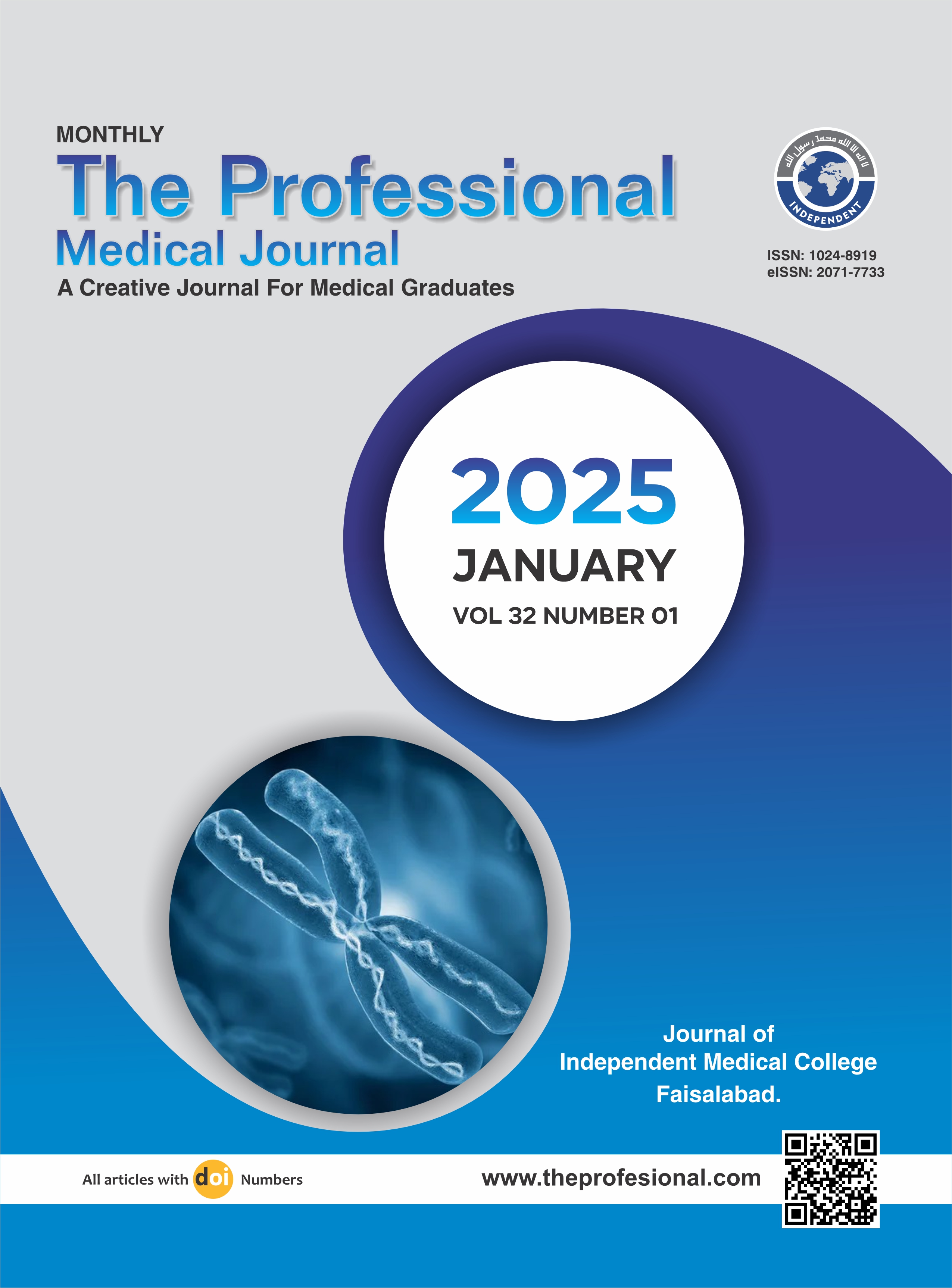Pterional craniotomy-induced temporalis muscle dysfunction: A neurosurgical exploration and functional implications in Tertiary Care Hospitals.
DOI:
https://doi.org/10.29309/TPMJ/2025.32.01.8301Keywords:
Temporalis Muscle Dysfunction, Submusclar, Subfacial, Interfascial, Post-craniontomyAbstract
Objective: To highlight which surgical dissection of temporalis muscle is associated with temporalis muscle dysfunction. Study Design: Retrospective Comparative Cross-sectional Study. Setting: Liaquat University of Medical and Health Sciences, Jamshoro. Period: March 2018 to February 2023. Methods: All patients were included in study who came with complain of temporalis muscle dysfunction and previously had craniotomy. The patients those were included in this study were those who came for craniofacial pain or referred from maxillofacial department and had craniotomy done previously in our department or any other tertiary setup. Results: Total numbers of 54 patients were included in study with mean age 43.55 year with predominated male 55.6%. Cerebral tumor (50%) and trauma (42.6%) was the most common pathologies that were addressed. Submusclar technique was used in 50% of patients, the most common presentation was pain (74%) and most cases presented with in less than 3 months (51.8%). Conclusion: Subfacial technique is associated with less percentage of temporalis muscle dysfunction as compare to other surgical technique which is not statistical significant.
Downloads
Published
Issue
Section
License
Copyright (c) 2024 The Professional Medical Journal

This work is licensed under a Creative Commons Attribution-NonCommercial 4.0 International License.


